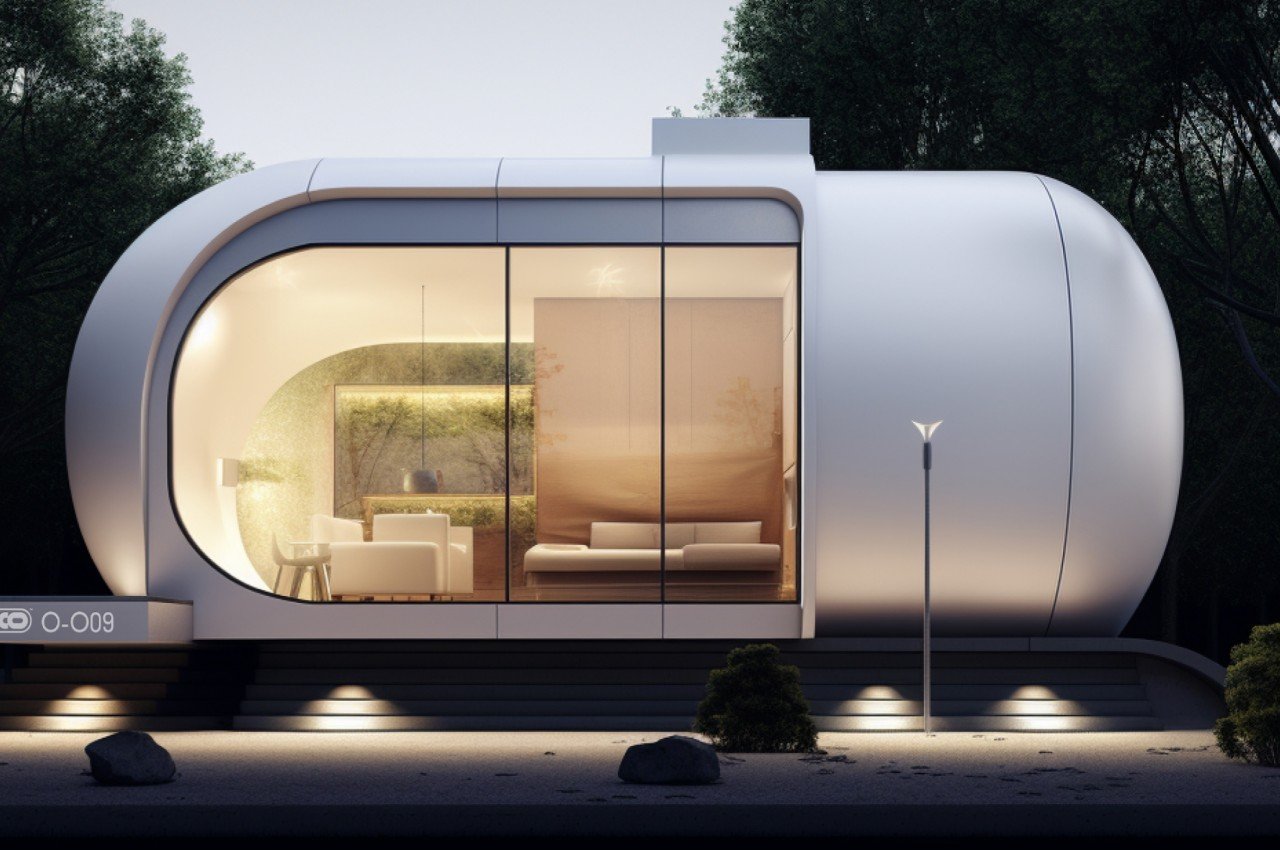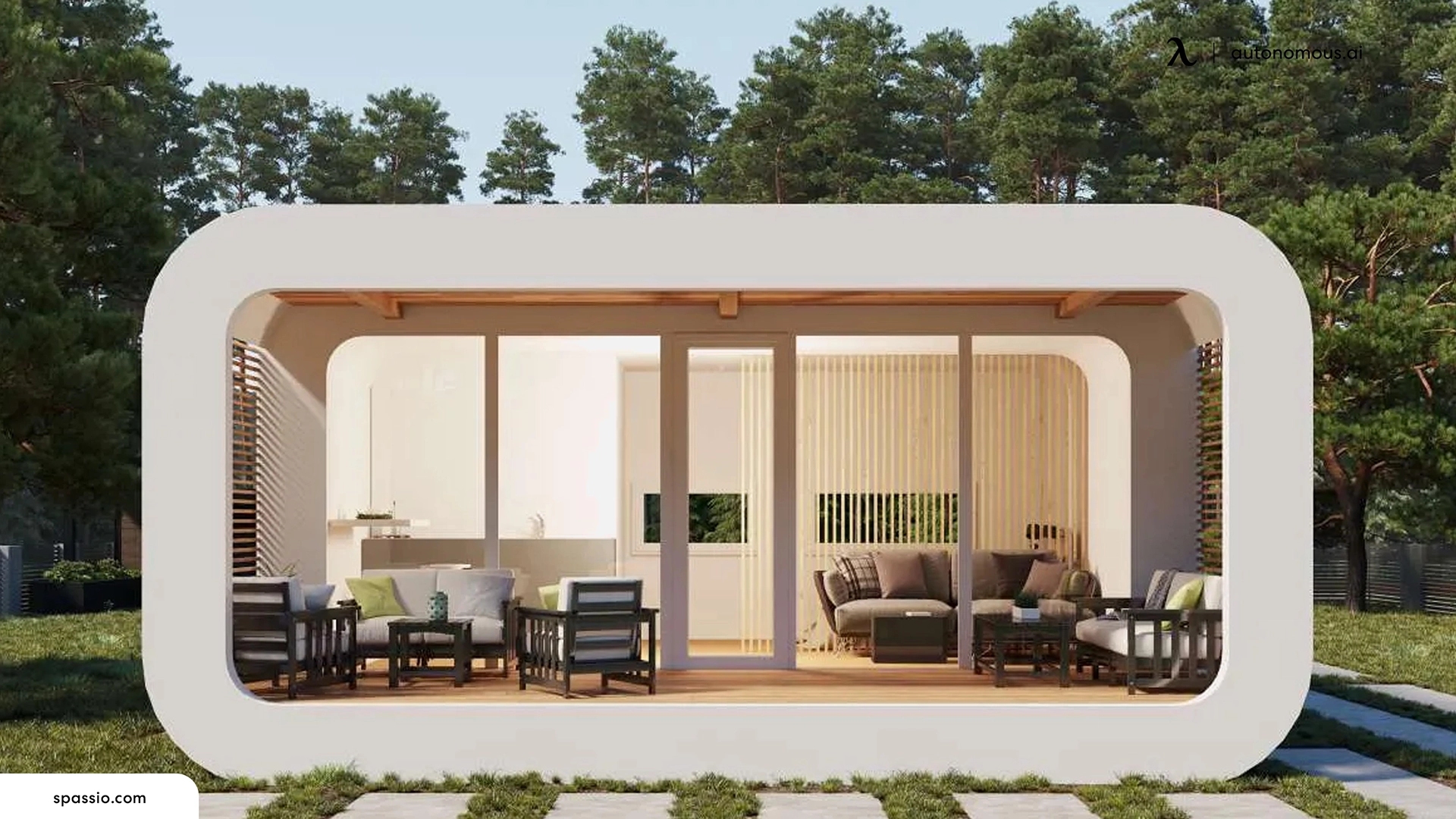How Pod Homes Are Revolutionizing Affordable Housing in Urban Areas
Why Modular Houses Are the Future of Lasting Living
Modular homes are increasingly identified as a pivotal option for sustainable living, using a mix of performance, cost-effectiveness, and ecological benefits. The flexibility of modular designs permits for the integration of sustainable technologies and materials tailored to private requirements.
Environmental Advantages of Modular Residences
The environmental advantages of modular homes stand for a significant action toward sustainable living. These homes are constructed in regulated manufacturing facility setups, which substantially lowers waste created throughout the structure procedure. By enhancing products and decreasing excess, modular construction adds to a much more effective usage of resources contrasted to conventional building methods.
Furthermore, modular homes are often developed with energy efficiency in mind. Numerous integrate advanced insulation methods, energy-efficient home windows, and sustainable materials, adding to lower power consumption. This can lead to minimized greenhouse gas emissions over the life-span of the home, enhancing its general environmental profile.
The ability to transport and construct modular elements on-site likewise minimizes the carbon impact connected with construction logistics. Additionally, numerous modular homes are developed to be adaptable and easily upgradeable, enabling homeowners to implement lasting technologies, such as photovoltaic panels and energy-efficient heating unit, in time.
Inevitably, the ecological advantages of modular homes not only advertise sustainable living but additionally motivate a more liable technique to housing growth, lining up with global efforts to battle environment change and maintain all-natural resources for future generations.
Cost-Effectiveness and Price
Building a home typically stands for among the largest monetary investments individuals make in their life time, and modular homes supply a compelling remedy for those seeking cost-effectiveness and affordability. Among the primary advantages of modular homes is their reduced building expenses contrasted to conventional site-built homes. The structured manufacturing process enables substantial savings on labor and products, which translates to decrease prices for customers.
Additionally, modular homes usually have much shorter construction timelines. This not only lowers expenditures associated with financing and insurance coverage however likewise minimizes the risks related to inflation and fluctuating market problems. Numerous purchasers discover that modular homes can be tailored to fit their budget plans without sacrificing quality or layout.
Additionally, power performance is usually developed into the design of modular homes, resulting in decreased utility expenses gradually. Several manufacturers prioritize lasting products and practices, better boosting the lasting economic practicality of these homes. On the whole, the combination of initial price financial savings, quick construction, and ongoing power effectiveness makes modular homes an eye-catching alternative for those wanting to invest in sustainable living without damaging the financial institution.
Performance in Building And Construction
Modular homes not just offer monetary benefits but also stand out in building and construction effectiveness. The modular building process entails the synchronised construction of modules in a factory setup while site prep work occurs concurrently. This identical technique dramatically reduces the general timeline from conception to completion, often cutting building time by approximately half contrasted to typical techniques.
Furthermore, factory-controlled environments enhance quality guarantee. By using accuracy manufacturing strategies, modular homes are built to specific specifications, lessening waste and mistakes. This consistency not just results in a better product but also adds to lasting techniques by lowering product waste during building and construction.
Furthermore, making use of modern-day technology and automation in the production process permits quicker assembly and decreased labor prices. When the components are transferred to the site, they can be efficiently set up, better speeding up the timeline. This structured procedure is not only useful for builders yet additionally reduces disturbances to the surrounding setting during building.
Personalization and Layout Adaptability
A remarkable array of personalization alternatives differentiates modular homes, enabling house owners to customize their living areas to fulfill details requirements and preferences. This style versatility is a hallmark of modular construction, enabling clients to choose every little thing from floor plans and space layouts to fixtures and surfaces. Unlike traditional homes, modular designs facilitate a joint technique where engineers and home builders work very closely with home owners, making sure that internet each aspect lines up with individual way of lives and aesthetic needs.
Additionally, modular homes can be conveniently reconfigured or expanded, fitting altering family members characteristics or developing individual preferences. This adaptability not only boosts the home's functionality however additionally adds to lasting sustainability, as home owners can customize their areas instead than seek new housing services.

Future Patterns in Lasting Housing
Arising trends in sustainable real estate are improving the landscape of property building, highlighting cutting-edge technologies and environment-friendly techniques. One substantial fad is the combination of clever home technology, which enhances energy performance with automated systems that check and maximize energy consumption. This not just lowers energy prices however additionally contributes to a lower carbon impact.
Additionally, using lasting materials is becoming progressively typical. Building contractors are selecting reused, locally sourced, or quickly renewable products, which lessen ecological influence and support regional economies. Modular homes are acquiring appeal for their reduced waste during building and construction and their flexibility to numerous surfaces and try this out environments.
An additional trend is the consolidation of environment-friendly roofs and living walls, which enhance air high quality and provide natural insulation. These functions likewise advertise biodiversity in metropolitan locations.
Conclusion
In verdict, modular homes arise as an essential option for lasting living, offering substantial environmental benefits with lowered waste and energy performance. As trends in sustainable real estate develop, modular homes are positioned to play an important role in promoting green living methods for future generations.
Structure a home typically stands for one of the largest economic investments people make in their lifetime, and modular homes supply an engaging option for those seeking cost-effectiveness and affordability. One of the primary advantages of modular homes is their lower construction expenses contrasted to traditional site-built homes. In general, the mix of initial expense financial savings, rapid building and construction, and ongoing power efficiency makes modular homes an attractive option for those looking to spend in sustainable living without breaking the bank.
Ultimately, the personalization and design adaptability provided by modular homes ensure that they are not just structures, yet personalized shelters that show the distinct capsule houses identifications of their passengers while advertising lasting living methods.
